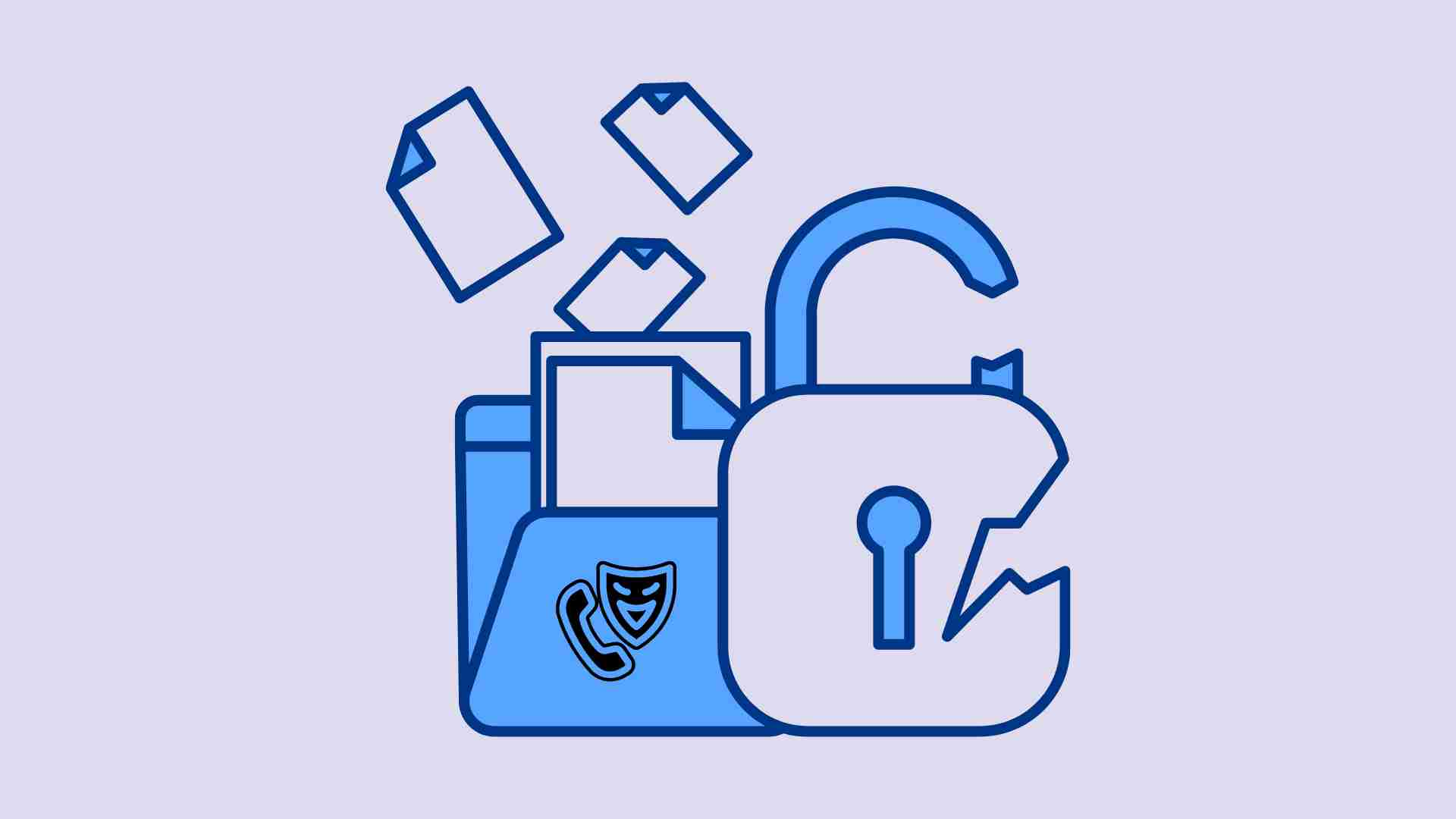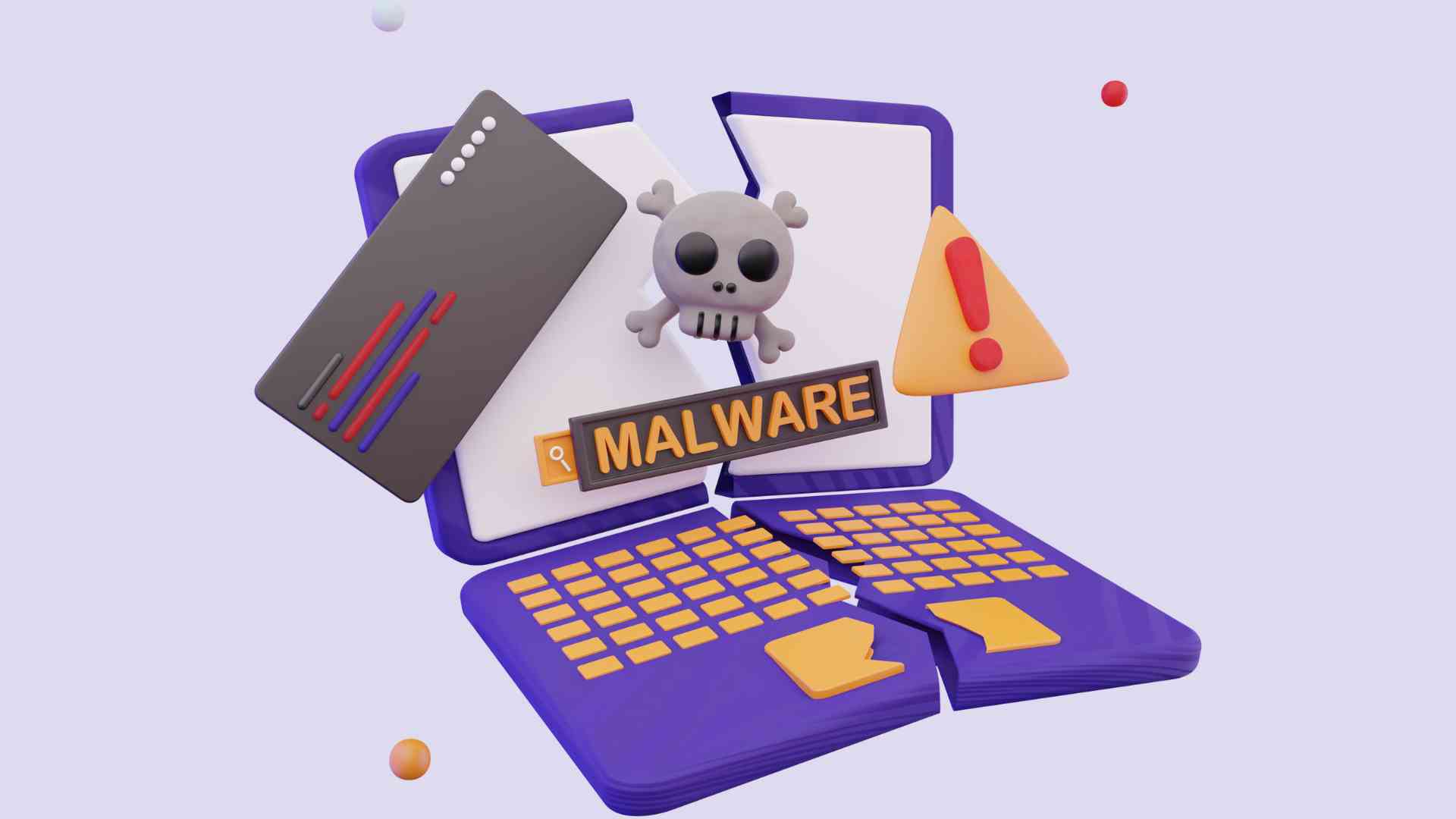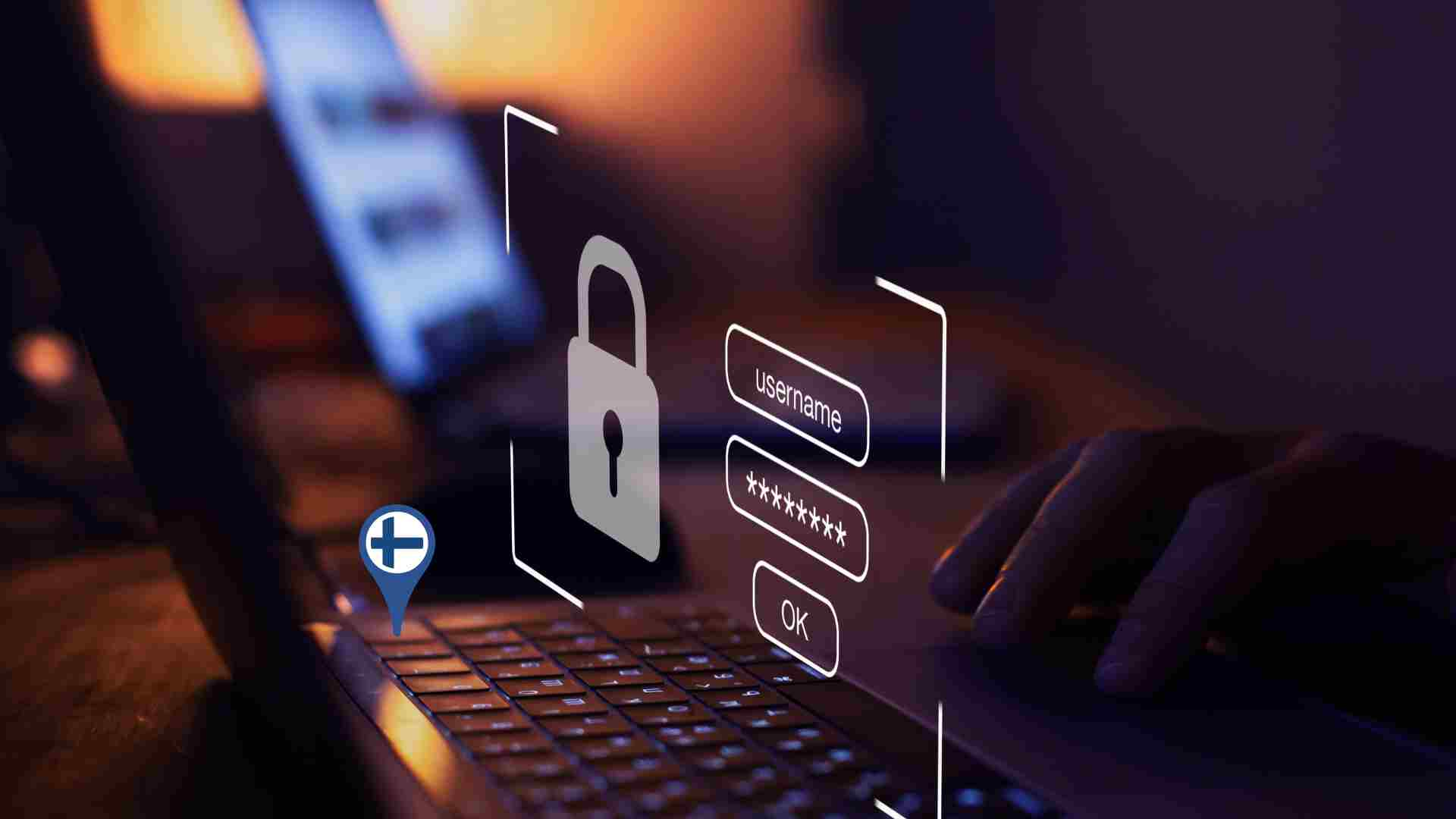Have you ever thought about what would happen if people you don’t know saw your most sensitive health information? That is exactly what happened lately with Anne Arundel Dermatology, a big health care provider in Maryland. Hackers had access to the personal information of around two million patients. This is very important since health data is not just any kind of information. It has information that fraudsters can use to steal your identity or perpetrate fraud, like your birth date, address, medical history, and insurance numbers. If this kind of information gets into the wrong hands, it can hurt people financially and emotionally for a long time.
In this essay, I’ll explain what happened in this breach, why it’s so important, the problems that made it possible, how you can protect yourself, and how specialists like Hoplon Infosec can help keep your data safe in the future.
What Happened in the Anne Arundel Dermatology Data Breach?
Anne Arundel Dermatology, or AAD, is a big healthcare company with more than 60 facilities in seven states. This incident happened there. Hackers got into their computer systems without permission between mid-February and mid-May of 2025. After a thorough investigation, it was revealed that the personal and medical information of around 1,905,000 patients had been stolen.
This is bad since the stolen data contains very private information, such as names, phone numbers, birth dates, medical histories, insurance details, and occasionally even Social Security numbers. Criminals love this kind of information since it makes it easier for them to steal someone’s identity and money.
Data Breach Impacts
Almost two million people got the bad news that their private health and personal information might have been made public. That number is very high, which illustrates how far-reaching the effect is. It’s not simply a privacy issue when your medical and personal information gets out; it also puts your identity and money at risk. Hackers can pretend to be you, make fake insurance claims, or even use your medical history against you.
People who are affected by this kind of breach may be very stressed and worried. Also, this breach hurts the trust people have in their doctors and nurses. Patients think that their private health information is safe and protected. When that trust is lost, it hurts people’s faith in the medical practitioner and can even hurt their reputation.
Lastly, Anne Arundel Dermatology had to tell the Department of Health and Human Services about this breach because so many patients were harmed. This gets the attention of regulators, and if the right safety measures weren’t in place, it could lead to fines or other punishments.
What Problems Made This Breach Possible?
Sadly, a number of issues allowed hackers to get to this information for almost three months, from February 14 to May 13, 2025, before the breach was found. For hackers to be inside the network for so long and not make any noise is a long time.
One problem was that there were no unambiguous, real-time alarms at the file level. Even though investigators could see that files were being accessed, there was no concrete proof of what data was removed or copied. This lack of information made it harder to contain the breach and let victims know. Also, it took many weeks of investigation to get the whole story about what happened and who was affected. This shows that response and oversight were slower than they should have been.
How Can You Keep Yourself Safe from Similar Breaches?
To lower the danger of these kinds of breaches, businesses and people can take the following key steps:
- Right away, install updates and security patches: Keeping your software and systems up to date fixes security flaws that hackers hunt for. Set gadgets to update on their own so that nothing is missed.
- Set stringent permissions to control access: Restrict access to sensitive data to a small group of people. Less access equals a lower possibility of data leaking.
- Set up real-time monitoring: Use software that keeps an eye on what users are doing and lets the security team know if something strange happens, such as a lot of data being viewed late at night.
- Encrypt data that is both stored and being sent. This means that even if someone steals it, they won’t be able to access it without unique keys. The best standards are strong ones like AES 256 and safe ways to talk to each other.
- Regular training for employees: Teach them how to spot phishing scams and sites that look fishy. Do drills often so that everyone knows how to act swiftly.
- Make a plan for how to respond to a breach and test it: When something bad happens, having a clear plan with set responsibilities and actions will help you respond more quickly. Be ready by practicing with tabletop exercises.
- Offer identity protection services: As AAD has done, offer free credit monitoring and identity restoration to clients whose data is misused to assist them in getting back on their feet.
- Check and test systems on a regular basis: Bring in outside experts to look for flaws and test defenses by pretending to attack them (penetration testing). This helps detect holes before hackers do.
Questions That Are Often Asked
Q: For how long did the hackers have access?
A: From February 14 to May 13, 2025, which is over three months inside the system.
Q: Did any gang of hackers say they were to blame?
A: No one has taken credit for anything yet, and the investigations are still going on.
Q: Is there proof that the stolen data was utilized in a bad way?
A: There haven’t been any confirmed incidents of misuse yet, but a lot of records were accessed, and it’s not obvious what was stolen.
Hoplon Infosec has a number of essential cybersecurity solutions that including Endpoint Detection and Response (EDR). EDR watches machines and servers to find malware or strange file movements as soon as they happen. Also Hoplon Infosec offers a full range of cybersecurity services to keep your business safe:
- They check for weak spots before hackers do by doing audits.
- They use SIEM and EDR technologies to find and halt suspicious activities.
- They teach their employees how to spot phishing and other security threats.
- They tell you how to encrypt sensitive data to keep it safe.
- They help you design and rehearse breach response strategies so your team can act quickly and with confidence when they need to.
When you work with Hoplon Infosec, you can make your defenses stronger, lower your risks, and keep your patients’ private information safe.
Final Analysis: What We May Learn from the Anne Arundel Dermatology Breach
This hack that affected almost two million patients highlights how easy it is for healthcare data to be stolen if it isn’t protected properly. Cybercriminals were able to get sensitive information for months because systems were out of date, access controls were inadequate, and monitoring wasn’t good enough.
The most important thing to remember is that regular updates, strong access limits, real-time monitoring, encryption, employee training, and tested reaction plans are all very important for stopping or limiting harm from breaches. Hoplon Infosec is ready to help you establish a solid cybersecurity program and keep your business safe from attacks like these. You may get a free system review at HOPLONINFOSEC today. This is the first step toward better data protection.
Follow us on X (Twitter) and LinkedIn for more cybersecurity news and updates. Stay connected on YouTube, Facebook, and Instagram as well. At Hoplon Infosec, we’re committed to securing your digital world.






